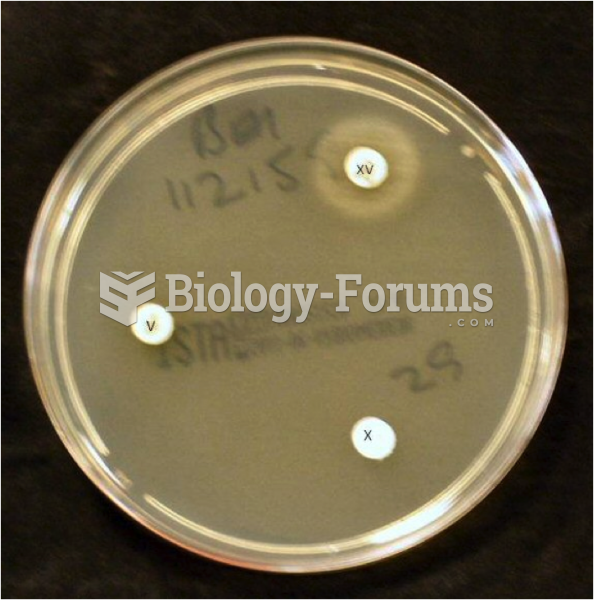Definition for Hektoen enteric agar
From Biology Forums Dictionary
Hektoen Enteric (HE) Agar is used in qualitative procedures for the isolation and cultivation of gram-negative enteric microorganisms, especially Shigella, from a variety of clinical and nonclinical specimens.
Intended Use
Through the years many media have been devised for the isolation of enteric pathogens. These various formulations have differed in their degree of selectivity for the pathogenic species. Some were designed to isolate and differentiate Shigella species whereas others were formulated for the selective isolation of the salmonellae. Those media which isolated a broader spectrum of enteric pathogens also were less inhibitory to members of the nonpathogenic intestinal flora.
Hektoen Enteric Agar was developed in 1967 by King and Metzger of the Hektoen Institute in order to increase the recovery of Shigella and Salmonella organisms when compared with their recovery on other media frequently utilized in clinical laboratories at that time. This medium is considered to be moderately selective, and is particularly useful in the isolation of Shigella species. The present formulation differs from that of the original in that sodium desoxycholate has been eliminated and the concentration of bile salts reduced. Additionally, the peptone concentrations have been increased in order to offset the inhibitory effects of the bile salts. HE Agar is currently recommended as one of several plating media for the culture of Enterobacteriaceae from stool specimens. This is because of its moderate selectivity as well as for its differentiation property.
Warnings and Precautions
If excessive moisture is observed, invert the bottom over an off-set lid and allow to air dry in order to prevent formation of a seal between the top and bottom of the plate during incubation.
Pathogenic microorganisms, including hepatitis viruses and Human Immunodeficiency Virus, may be present in clinical specimens. "Standard Precautions" and institutional guidelines should be followed in handling all items contaminated with blood and other body fluids. After use, prepared plates, specimen containers and other contaminated materials must be sterilized by autoclaving before discarding.



